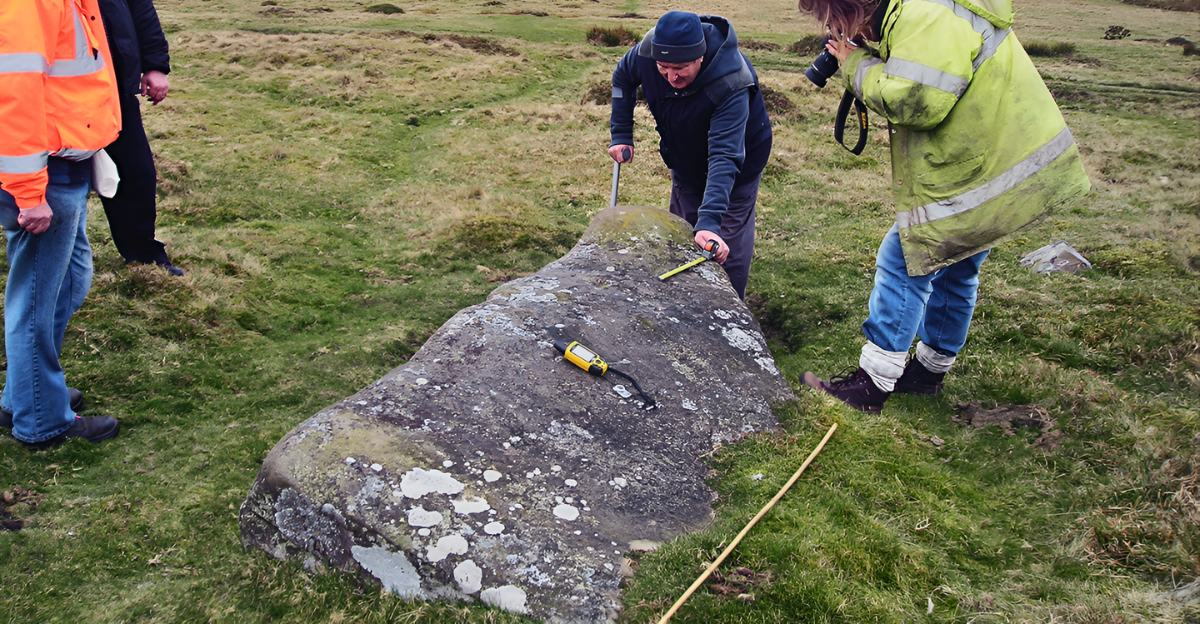
The true origins of King Arthur’s Hall have long captivated historians, archaeologists, and local folklore enthusiasts. Once widely assumed from the medieval era, the hall’s story has recently undergone a radical transformation thanks to breakthroughs in archaeological science.
Recent excavations have revealed that King Arthur’s Hall is actually a Neolithic construction, established approximately 5,000 to 5,500 years ago—over four millennia earlier than previously believed. This discovery changes the past we once knew to be true, but just how much?
About King Arthur’s Hall
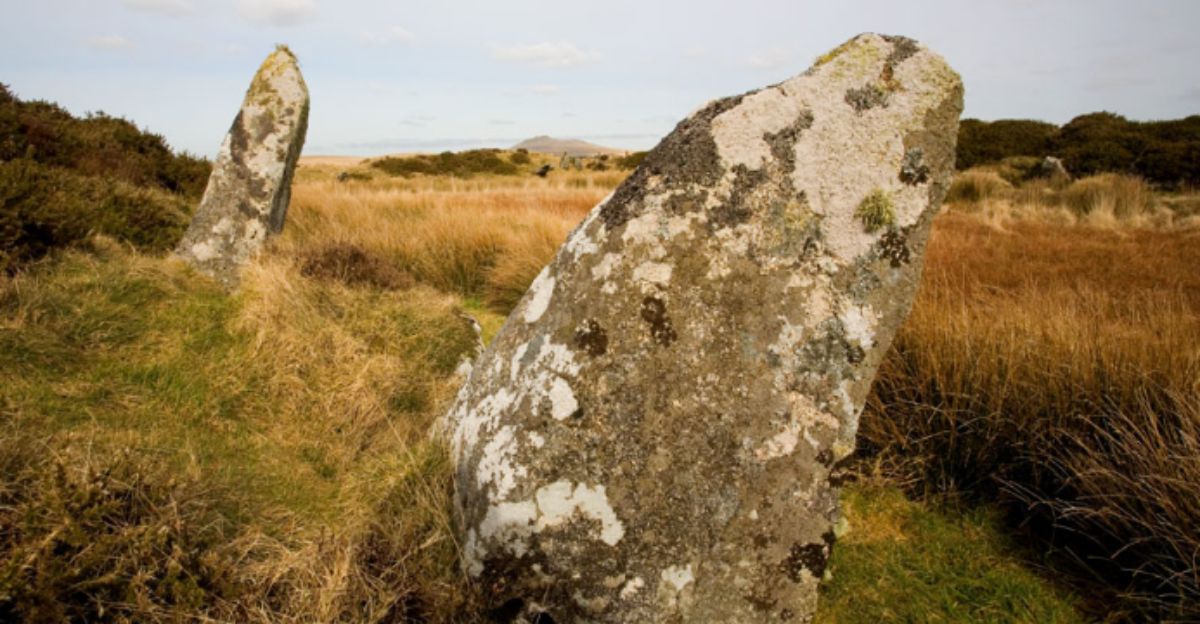
King Arthur’s Hall can be found in the windswept expanse of Bodmin Moor in Cornwall, England. The site is characterized by an earthen bank lined with 56 standing slabs of granite arranged in a precise rectangle, measuring approximately 154 feet by 66 feet. This legendary sight has long been envisioned as a gathering place or palace for King Arthur and his knights.
This unusual monument is accessible via secluded footpaths not far from the village of St Breward. Its distinct shape sharply contrasts with the more common circular stone monuments that dot the region.
Arthurian Myths and Medieval Assumptions
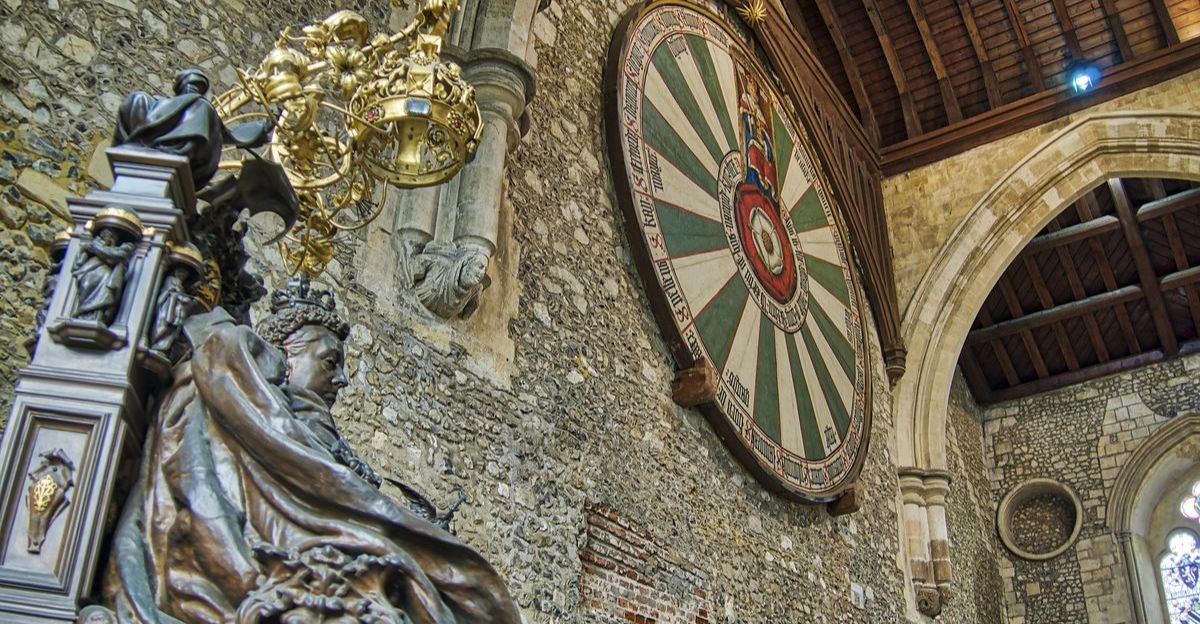
With its intriguing rectangular granite slabs and remote moorland setting, the monument inspired local legends that directly connected it to King Arthur, the legendary leader of the Round Table, whose stories appear in medieval literature beginning in the twelfth century. Medieval chroniclers and antiquarians sometimes described the site as a livestock pound or as Arthur’s court.
“The Middle Ages were a period when the Arthur name started being attributed to all sorts of unusual sites that the local population at the time probably didn’t understand,” noted James Gossip of the Cornwall Archaeological Unit.
The Archaeological Breakthrough

Scientists and heritage experts, led by teams from the University of St Andrews, Reading, and Newcastle, employed cutting-edge dating techniques, including Optically Stimulated Luminescence (OSL) and radiocarbon analysis of buried pollen and insects, to pin the construction of the Hall to around 5,000–5,500 years ago—long before the rise of Arthurian legend and medieval folklore.
“It’s extremely exciting that we’ve finally been able to date the construction of this enigmatic monument, previously grounded in myths and legends,” said Dr. Tim Kinnaird, geochronologist at St Andrews.
Dating the Stones
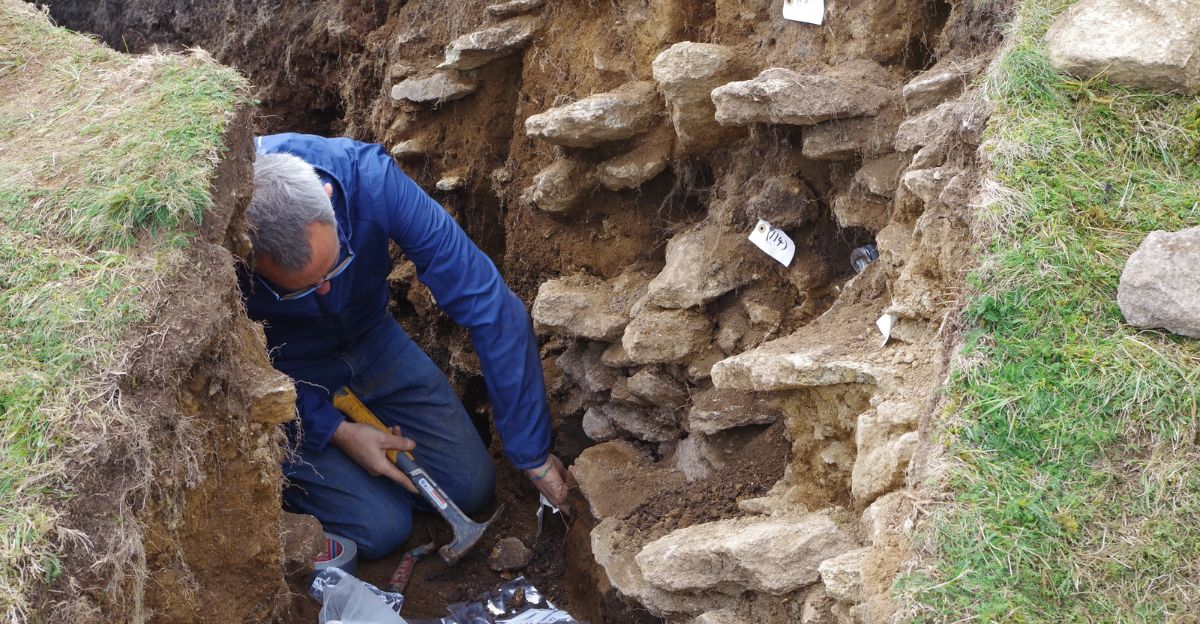
Researchers used optically stimulated luminescence (OSL) and radiocarbon analysis to date, and the last time sediment beneath the monument’s banks was exposed to light. “We were able to demonstrate that the buried soil beneath the bank was disturbed at construction—resetting the luminescence signals and providing the opportunity to date the monument,” explained Dr. Tim Kinnaird.
Samples for OSL were taken from trenches cut through the embankments and analyzed. The results indicated that the soil was last exposed between approximately 3000 and 3500 BCE, firmly dating the monument to the later fourth millennium BC.
The Neolithic Context
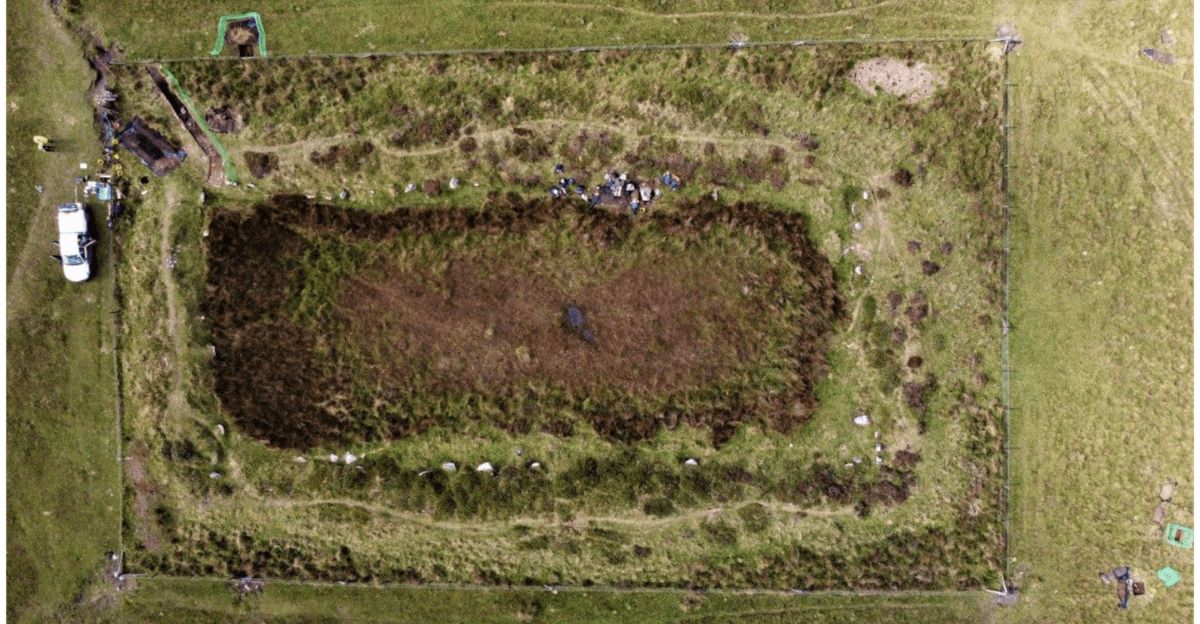
King Arthur’s Hall is a solitary rectangular enclosure lined with 56 standing stones, unlike the circular stone circles typical of the era. Its location among other ancient features, such as cairns and hut circles, shows it was part of a wider ritual landscape, possibly serving as a gathering or ceremonial site for early farming communities. Yet unlike other Neolithic structures, archaeologists have found no direct parallels.
“The news that King Arthur’s Hall is Neolithic in origin… adds significant time depth to this enigmatic site, which has few parallels in England. It enriches the story of the monument and adds an intriguing dimension to the wider prehistory of Bodmin Moor,” said Phil McMahon of Historic England.
Unique Architecture
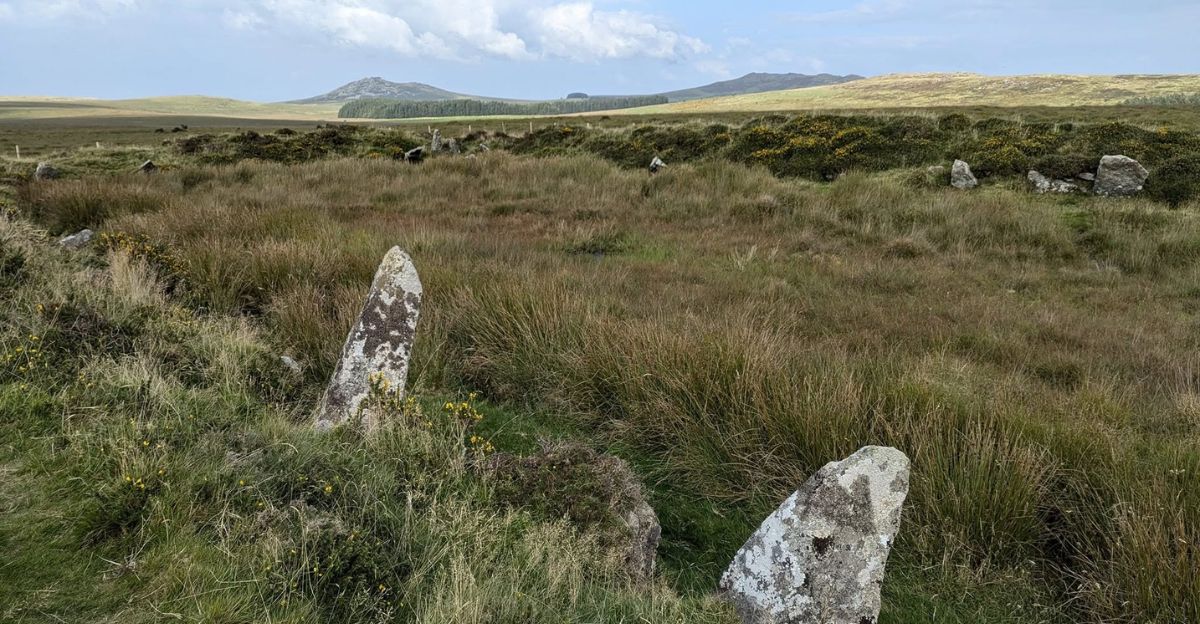
What truly sets King Arthur’s Hall apart is the sunken interior, thought to have been filled with water and perhaps served a ritual function. Over time, many original orthostats have become recumbent, leaning, or buried, their tops now covered by earth and turf from centuries of weathering and animal activity. Archaeologists discovered a revetment wall, designed to retain the inner bank, highlighting the engineering skill of those early builders.
The monument’s architecture continues to raise questions about its original purpose: was it a tank, a sacred gathering place, a ritual center, or something else entirely?
Purpose Remains a Mystery
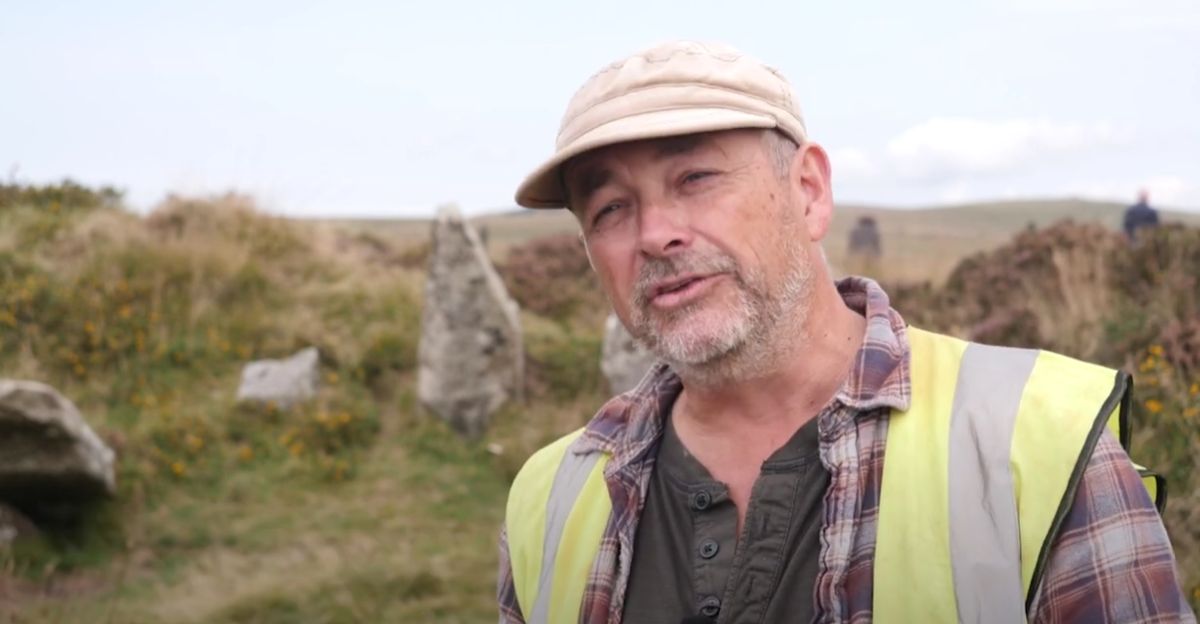
Despite recent advances in dating the monument’s construction to the late Neolithic period, there is no compelling evidence on exactly why it was built or how its creators used it. Many experts, including archaeologist James Gossip, have proposed that King Arthur’s Hall may have served as a ceremonial or gathering site.
Speculation has focused on more practical uses, including as a water tank, livestock enclosure, or reservoir. However, the monumental effort required to construct the extensive earthworks and set the large granite slabs casts doubt on purely utilitarian interpretations.
Ritual or Utility?

Whether King Arthur’s Hall was built primarily for ritual or utility remains unresolved, with experts divided and intriguing evidence for both perspectives. Core samples and medieval documentation suggest that the Hall may have functioned as an animal pound, a reservoir, or even supported summer grazing and tin streamworking on Bodmin Moor during later periods.
“The monument retains its mystery: there are no Neolithic parallels for a stone-lined sunken and embanked rectangular enclosure, possibly watery. We may presume it was a sacred site, a place for gatherings, for rituals or ceremonies, but perhaps Neolithic people made and used it for very different purposes,” said Pete Herring, president of the Cornwall Archaeological Society.
Changing Bodmin Moor’s Timeline

Previously believed to be a medieval construction, its true age can now be traced back 5,000 to 5,500 years. This makes the Hall among Britain’s oldest ceremonial sites and demands a complete re-evaluation of the region’s prehistory.
“Knowing when King Arthur’s Hall was built will help us understand this unique monument form better, how it might have originally been used, and how it could have been used over time,” said Gossip.
Material Sourcing

The stones that form King Arthur’s Hall were sourced locally from Bodmin Moor. Geological examinations reveal that all 56 standing stones lining the inner embankment were quarried from within a short distance, about 250 to 820 feet of the monument itself.
In fact, some evidence suggests that the builders may have excavated stone directly from the monument’s interior or its immediate surroundings, rather than transporting heavy granite slabs from afar.
Impact on Arthurian Legends
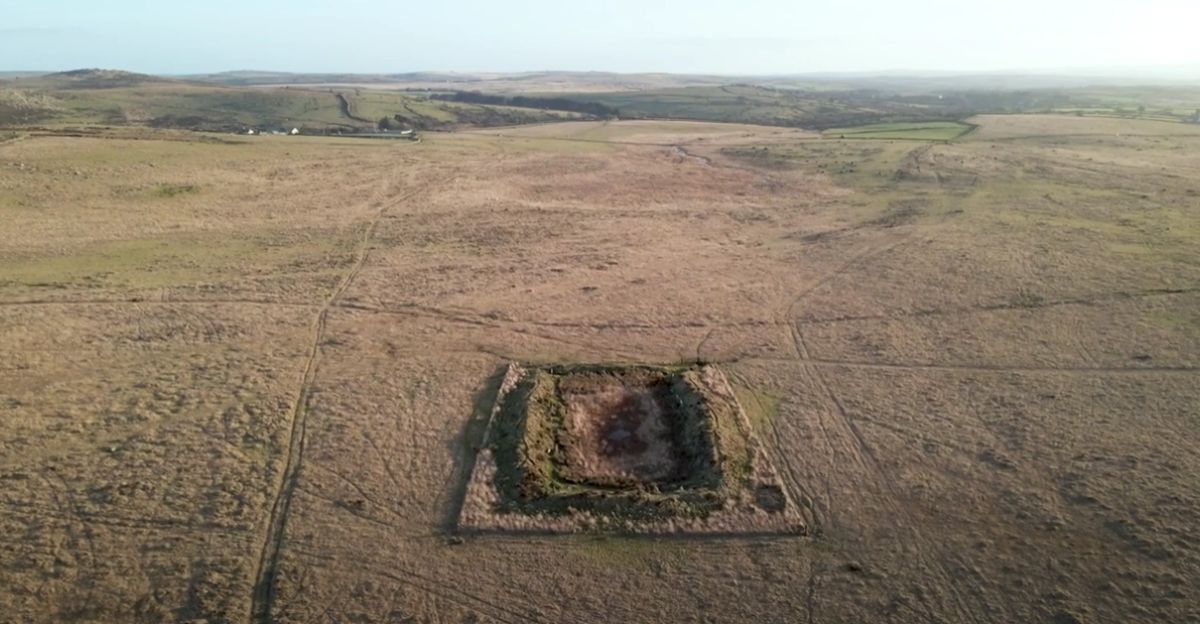
For centuries, the site served as a physical anchor for local tales about King Arthur and his knights. Its mysterious rectangular layout and atmospheric setting made it a natural candidate for associations with the ancient hero. According to researchers, the finding “does not diminish its connection to legend.” If anything, the ancient history of the site enriches its mystique, connecting it to the dawn of monumental architecture in the British Isles.
While the Hall can no longer be credibly presented as built for Arthur, its impressive age and uniqueness only deepen the sense of mystery that has always surrounded the location.
Re-Use Through the Ages
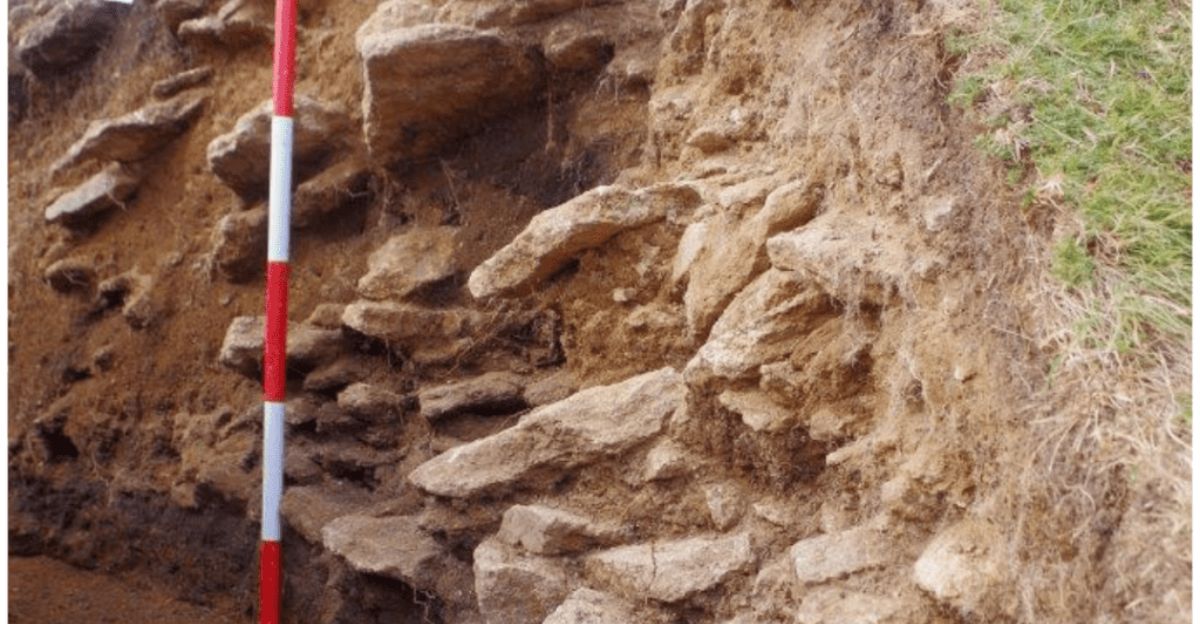
Archaeological and geological investigations indicate that after its initial role, its sunken interior and sturdy stone-lined banks were put to more practical uses as times changed. From the medieval period onward, the monument was widely believed to serve as an animal pound, a view supported by the practicality of its enclosed, marshy space for containing livestock.
Historical documents and environmental samples also confirm that the interior was periodically “cleared out” for use during the Iron Age and medieval times, not just as a pound, but at some points as a water reservoir or for tin stream-working activities.
Ancient Preservation Techniques
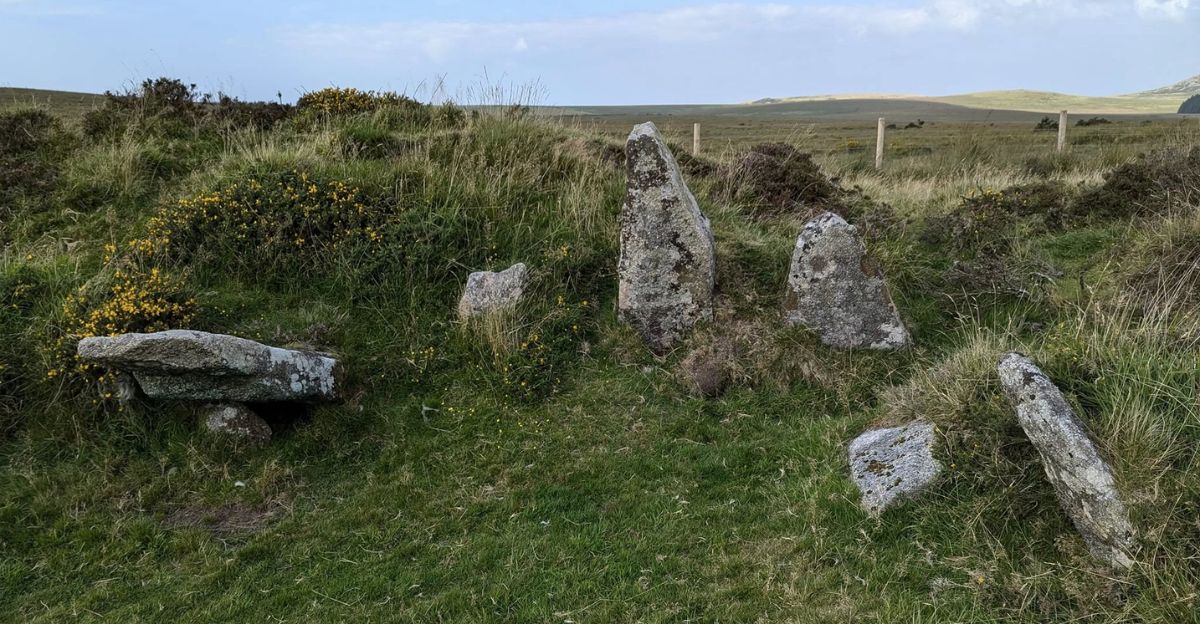
Early builders used locally quarried granite stones set into sturdy embankments and designed their monument so the sunken interior resisted collapse. This approach has helped the Hall endure for nearly 5,500 years. Archaeological analysis has revealed that regular infilling and periodic clearance occurred throughout the site’s long history, protecting its interior from excessive erosion, livestock damage, and weathering.
Stone-lined banks and revetments originally supported the structure against harsh moorland conditions and persistent waterlogging.
Local Community Reactions
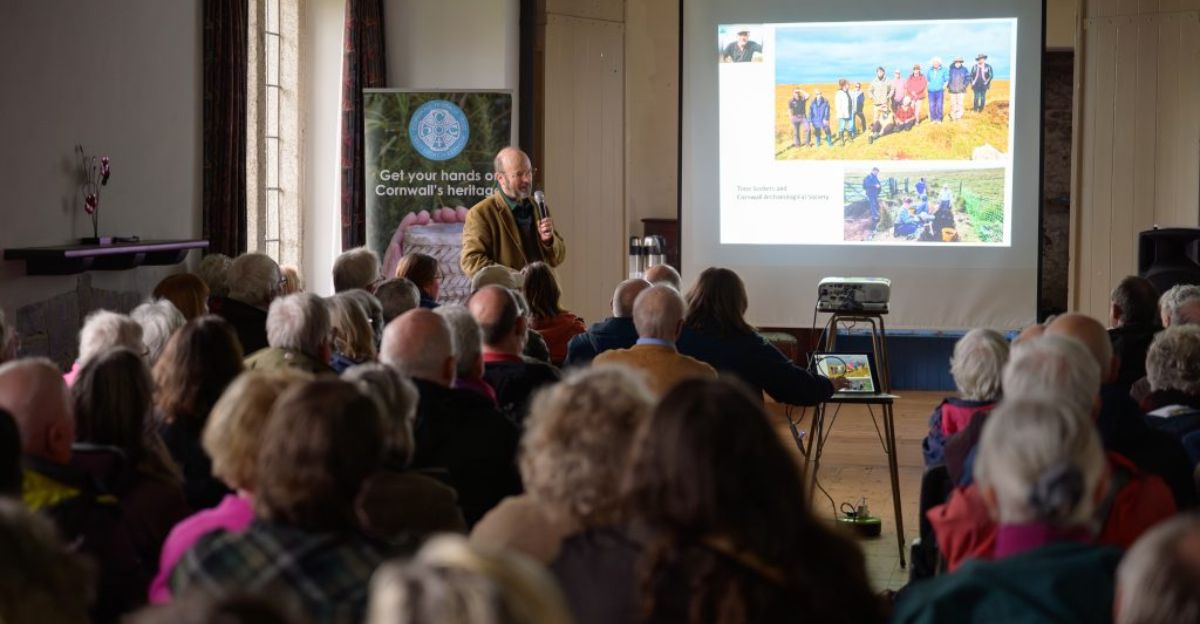
Local organizations have played an active role in both research and education, supporting archaeological excavations and ensuring the findings reach the wider public through talks, digital resources, and community events.
Cornwall National Landscape noted that the revelation that King Arthur’s Hall reaches back to the Neolithic period has made locals “proud stewards of one of Britain’s oldest ceremonial enclosures,” and fueled a call for more research.
Working Together
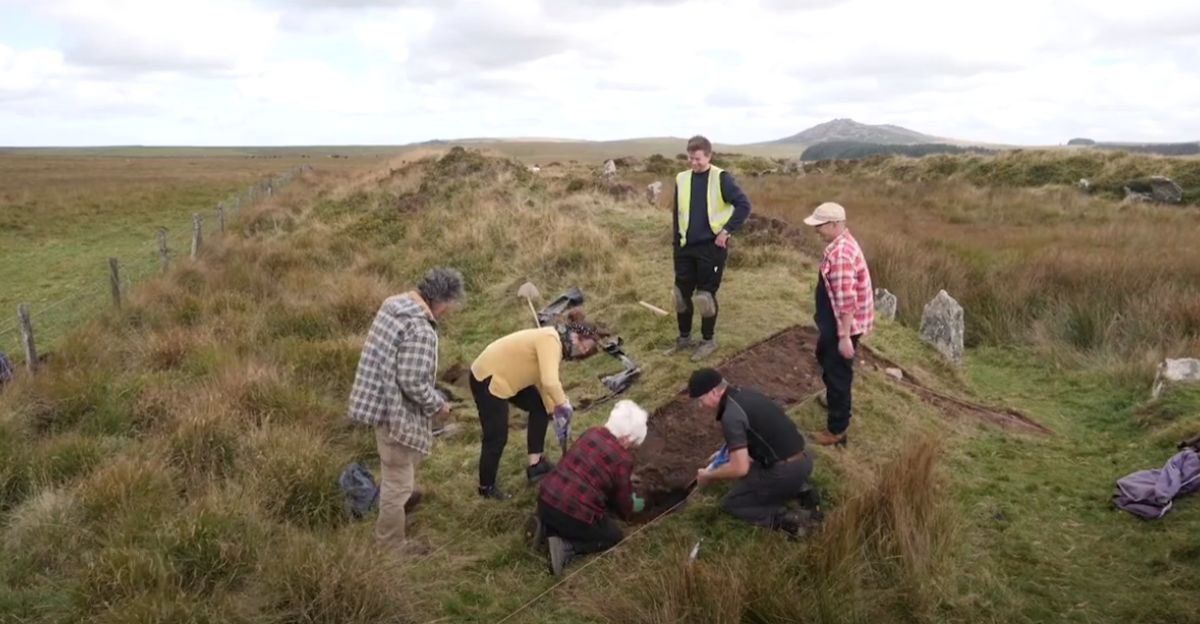
This remarkable site has drawn together archaeology, geology, environmental science, and heritage management experts to unlock the monument’s history. The landmark Neolithic dating effort was conducted by specialist teams from the universities of St Andrews, Reading, and Newcastle, as well as the Cornwall Archaeological Unit (CAU), with analysis spanning soil science (Optically Stimulated Luminescence), radiocarbon dating, sedimentation studies, and landscape interpretation.
Redefining Prehistoric Cornwall
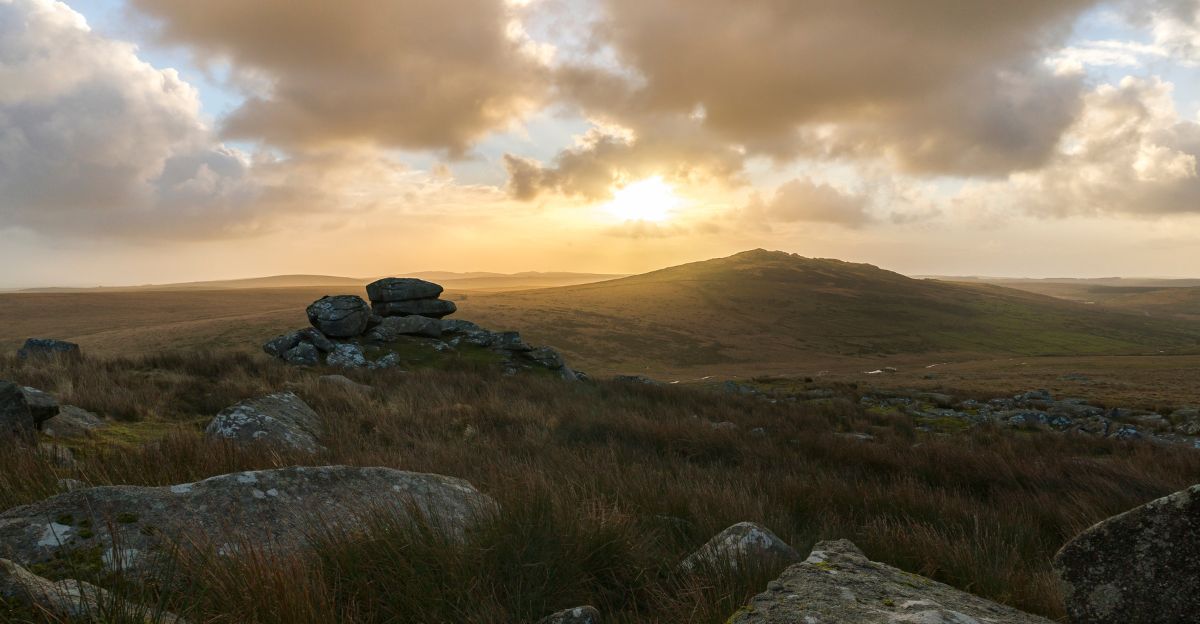
This breakthrough has prompted archaeologists to “re-appraise our understanding of the prehistoric landscape of Bodmin Moor,” challenging previous narratives about how, when, and why ancient people built dramatic monuments in Cornwall.
It also places Cornwall more centrally in early monument-building traditions, showing that the region’s inhabitants possessed not just technical skill, but also sophisticated ritual and communal practices comparable to any found elsewhere in Britain.
Geological Challenges
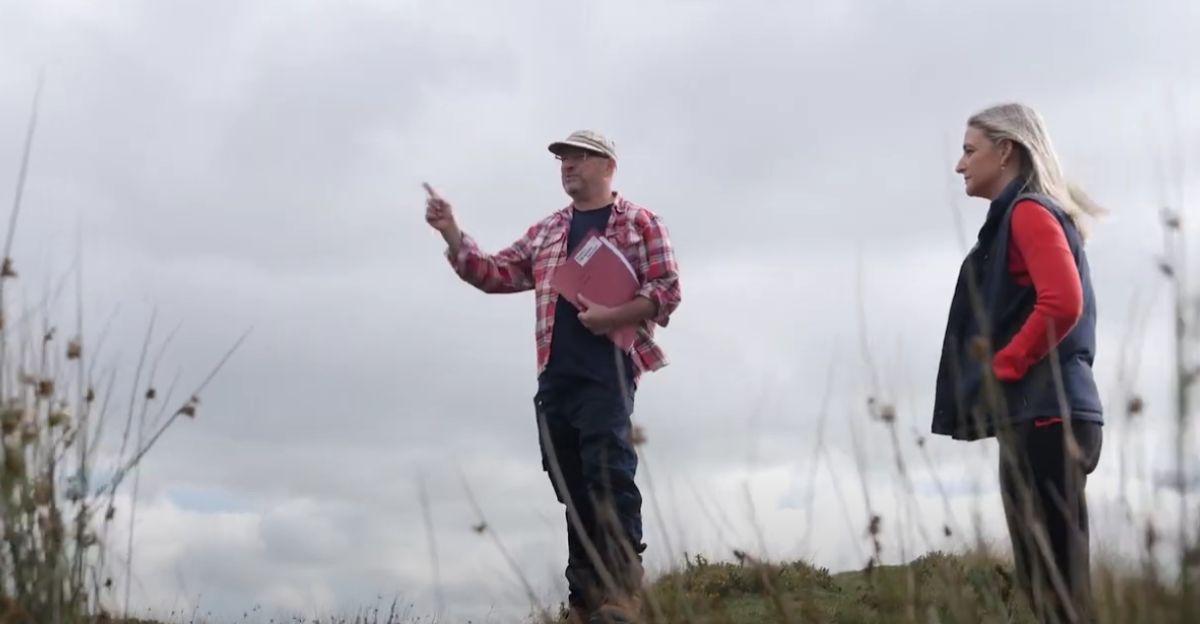
The monument sits in a marshy part of the moor, where persistent waterlogging and fluctuating ground conditions impact the stability of its banks and standing stones. Over thousands of years, this wet environment has contributed to the partial burial, leaning, and erosion of the original granite orthostats and embankments that define the Hall’s unique architecture.
Unchecked vegetation and animal trampling pose serious threats; roots can destabilize earthen banks, while livestock can accelerate erosion and collapse. Conservation management efforts have become crucial for preserving the Hall’s archaeological integrity while balancing the ecological demands of the moor.
The Role of Folklore

Long before its Neolithic origins were scientifically confirmed, local traditions and medieval chroniclers associated the monument with Britain’s legendary King Arthur, imagining it as a gathering site for Arthur and his knights or the scene of epic battles described in early Welsh texts.
This association was strengthened in the 16th century when the site was given the name “King Arthur’s Hall,” reflecting the community’s quest to link ancient, mysterious landmarks to celebrated figures from folklore.
What’s Next for King Arthur’s Hall?
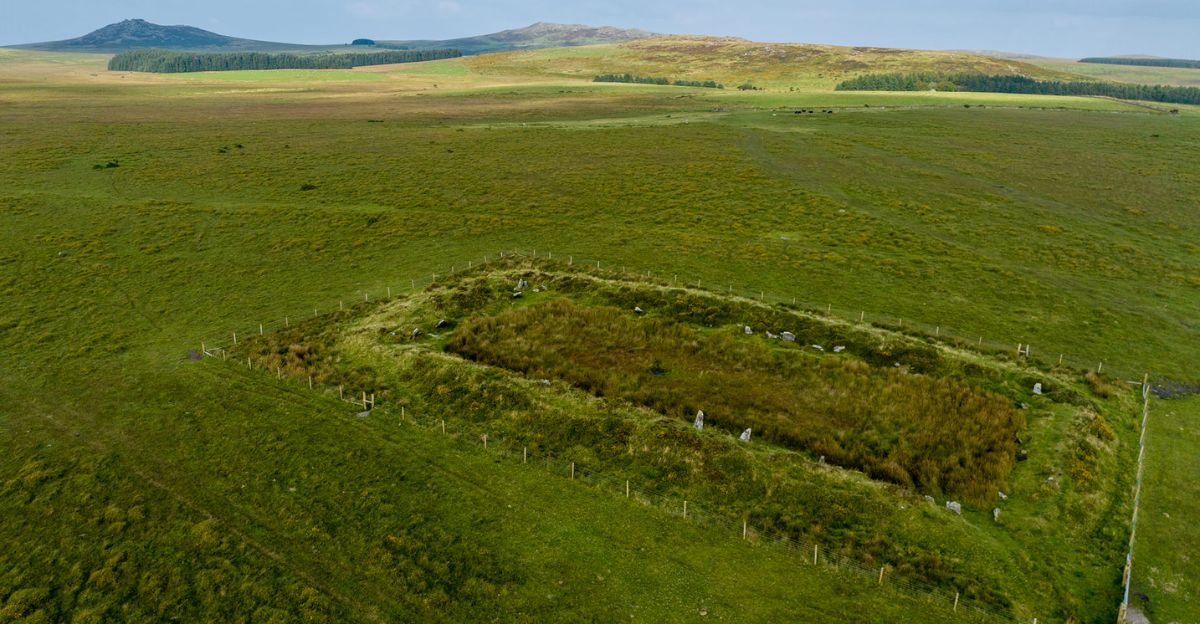
After the groundbreaking scientific excavations confirmed its immense age, preservation has become paramount. Historic England, Cornwall National Landscape, and other partners are developing a formal management plan that includes reinforcing fencing to combat erosion from grazing cattle and controlling visitor access to prevent damage.
The Monumental Improvement project aims to deepen our understanding of the Hall’s construction, use, and changing environment over millennia. Digital interpretation and educational resources are also underway, making new findings accessible to classrooms, community groups, and international visitors. Conservation, research, and local pride now work hand-in-hand to ensure King Arthur’s Hall remains one of Cornwall’s and Britain’s most enigmatic prehistoric treasures.